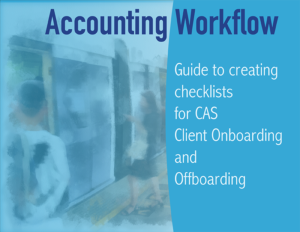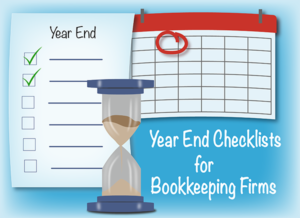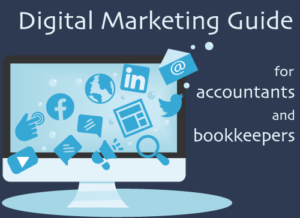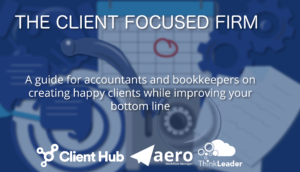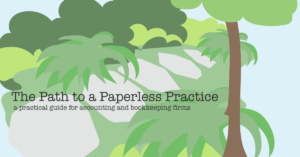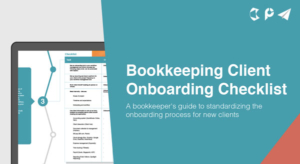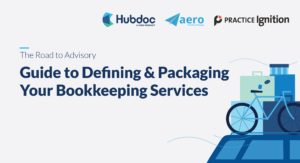How much would you pay for good advice? It’s hard to say. When implementing client accounting advisory services, this is exactly the dilemma many firms run into. While regular services at your firm might work off of a fixed hourly rate, that model is based on the position of the employee providing the services rather than the value of the services themselves. So, it’s time we make some adjustments to the way we think about value.
Cost-plus pricing just isn’t going to cut it for advisory services. There are many failings of the model as is. How many times do you find yourself struggling to figure out how many hours a particular job will take? Are you constantly busy but your productivity rates don’t reflect the actual time you dedicate to your work?
Because of the downsides of this model and the flexibility of advisory services, you’re going to need a pricing model based on value. Below are some strategies for setting that price:
Be a detective
The first and most important step to pricing your advisory services is knowing your client. To truly understand the value of your services, you need to understand the business you are working with and their expected outcomes. If your services will save the company $15,000, you’d probably consider charging less than if your advice would save them $150,000. It’s also vital to understand that there might be a difference between your perceived value of your services and your client’s perceived value of those services. This is why it is important to know your client and their needs well enough to explain that value in ways that will be effective.
Creating packages
After you’ve figured out what kinds of advisory services you’d like your firm to offer, you should begin designing your advisory package. After all, the majority of clients are going to want more than just a one-time deal. They want a long-term advisor who can address all their business needs. An advisory package at its most basic level should include an Initial Planning Day, Scheduled Meetings, and an Annual Planning Event. The real question is: should you combine CAS with your compliance services or keep them separate? The decision is up to you, but it is worth noting that combining services can make billing a bit more hassle-free. However, there’s nothing wrong with keeping compliance and advisory clients separate and targeting new customers with your CAS pitch.
Menu pricing
Client accounting advisory services might be new to you, but they are definitely new to your clients. Most of your clients will have never heard of CAS before, so it’s important to be strategic about the way you build up their value in your client’s mind. Just as you might not know your client’s perceived value of these services, you also won’t know what they’re willing to pay. The best strategy here is to offer a variety of packages at different price points and, when you make your pitch, begin with the most expensive offer. The high price will serve as an anchor.
Talking about money is hard, and those conversations can be especially uncomfortable if you don’t have an understanding of the value you provide your clients and a strategy in place to help them realize that value. The key thing to remember is to stay confident and know your worth as an advisor.



